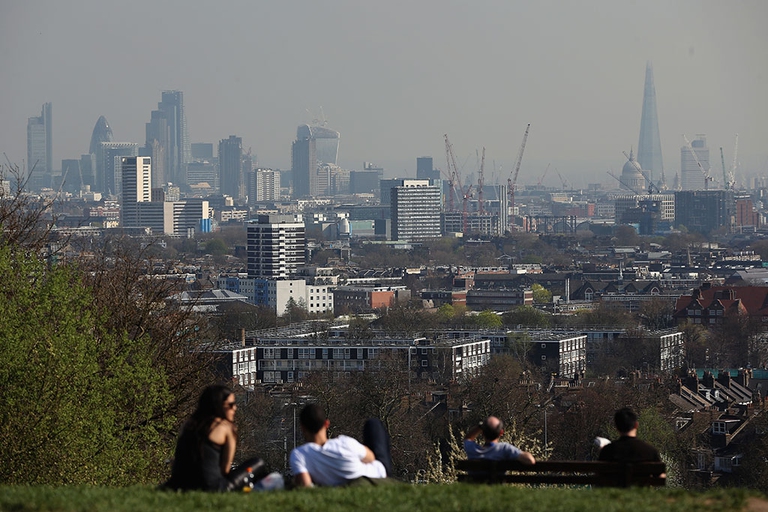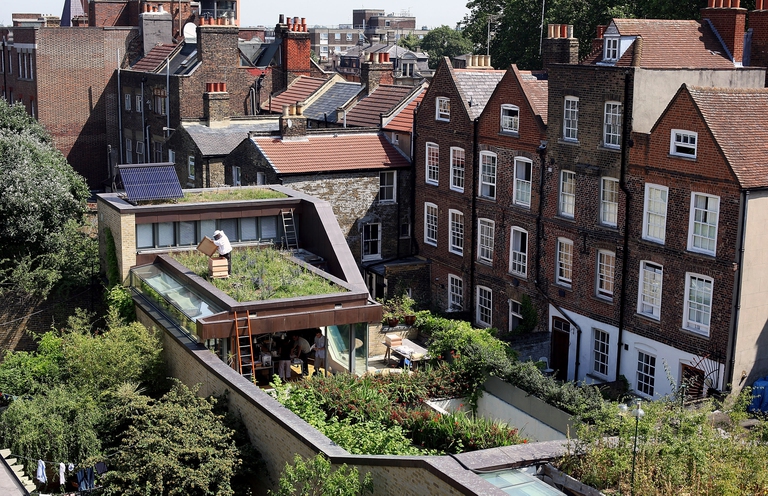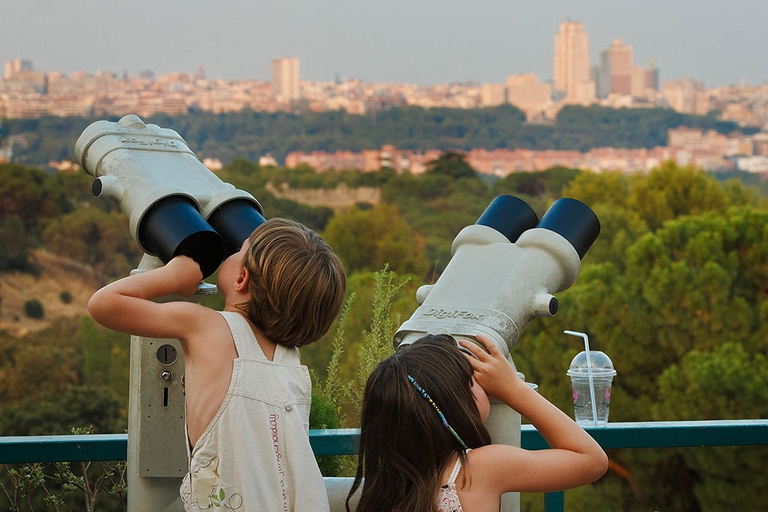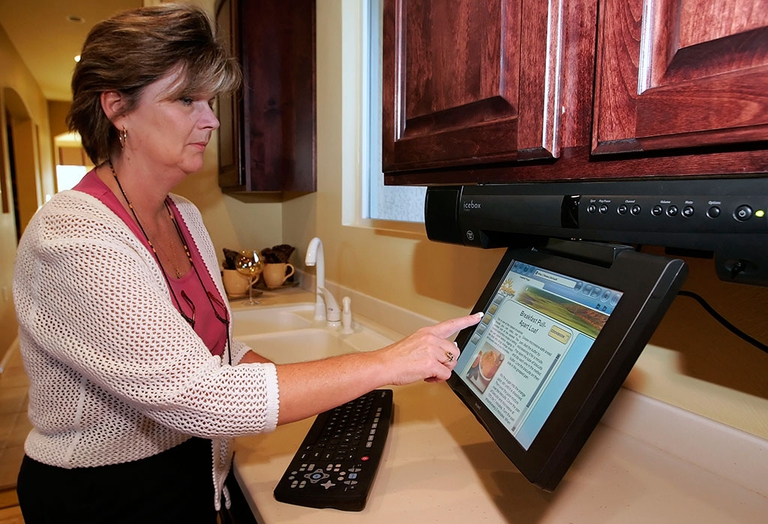
The World Forum on Urban Forests took place from the 28th of November to the first of December. More than 400 experts from 50 countries conversed with politicians, journalists and citizens to design the green cities of the future.
Cities have already lived the day when the first bus came out of the garage instead of the horse-drawn omnibus, that when the first electric street light was turned on and the oil ones turned off and that when the houses were equipped with indoor toilets and streets were cleaned of open sewers. The history
Cities have already lived the day when the first bus came out of the garage instead of the horse-drawn omnibus, that when the first electric street light was turned on and the oil ones turned off and that when the houses were equipped with indoor toilets and streets were cleaned of open sewers. The history of the urban civilisation shows how cities have changed with the evolution of societies and the people who inhabit it. Citizens’ lifestyles will change again our metropolises, leaving many negative aspects of the past behind.
Cities have changed to be functional, efficient, healthy, but they have never altered their identity. The city of the future, as far as it is predictable, will not be completely different from today’s ones, it will only be more intelligent, able to meet and go along with the needs and lifestyles of its inhabitants. It won’t look like science fiction film’s cities, at least not for the time being: we will still walk on horizontal roads and live inside buildings, although magnetic levitation trains and drones already exist.
Technology at the service of citizens is the driving force behind development. Technology will create a link among new forms of sharing and societies, will be the glue that holds architectural and mobility innovations to overcome problems of logistics and the sustainable use of resources.
The next urban evolution will allow its inhabitants to rediscover the place in which they live by refining their five senses. No matter if to get to this future we should forget some aspects of contemporary metropolises, definitely we won’t miss many of them.
Sense of smell. No more smell of exhaust pipes and rubbish left on the streets. In smart cities thanks to hydrogen cars and automated pneumatic waste collection systems we will live in a less polluted city in which we can rediscover the pleasure of inhaling the aroma of shops and traditions.
What was imagined in the first TV series and science fiction movies today happens for real. Amphibious cars (hydrogen cars) exist and work perfectly. The Fuel Cell Vehicles (FCV) tailpipes emit only water vapour and no pollutants. The pneumatic waste collection system, commonly used in Anglo-Saxon countries and northern Europe, is making inroads even in some Italian municipalities. This recycling method starts from public or household “bins”: a flow of air carries up waste through underground pipes to a collection station that is cleaned by the cleansing department’s operators.
Sense of taste. The sense of taste will be rediscovered through local flavours, traditional dishes and the organic products sold in seasonal groceries. In the future, greenhouses and urban gardens will replace the degraded land and save fertile ground from urban sprawl. An example is the all Italian Miraorti, the project that redeveloped the industrial area of Turin through urban agriculture programmes.
Sense of sight. Cities will be more beautiful even because there will be no telephone cables on the pylons or multitudes of cars parked in every space available. The optical fibre cables will lay under our houses and there will be underground car parks only, so that we will be able to appreciate our country’s landscapes and beautiful places. There are many Italian municipalities that started to build underground car parks, only a few went for automated underground car parks. In these car parks, as in science fiction films’ scenes, the owner will leave his car on a platform at street level and a mechanical arm will “park” the vehicle in the first underground parking lot available.
Sense of hearing. We are going to forget car horns and traffic noise, we will enjoy the sounds of nature and life thanks to super quiet hydrogen or hybrid cars, the development of sustainable mobility, and the creation of cars that drive themselves.
Sense of touch. And what can we say about touch? Our index finger will replace plugs and cables in our homes and offices. Bluetooth and Wi-Fi data transmission will power on appliances and regulate domestic consumption: automated houses are the result of this technology. Solar panels and Wi-Fi televisions and computers will be obsolete; smart refrigerators that warn you when something is going bad, bio-plastic LED bulbs, heating powered by people’s presence and appliances with cloud connections represent the new era of technology.
Siamo anche su WhatsApp. Segui il canale ufficiale LifeGate per restare aggiornata, aggiornato sulle ultime notizie e sulle nostre attività.
![]()
Quest'opera è distribuita con Licenza Creative Commons Attribuzione - Non commerciale - Non opere derivate 4.0 Internazionale.
The World Forum on Urban Forests took place from the 28th of November to the first of December. More than 400 experts from 50 countries conversed with politicians, journalists and citizens to design the green cities of the future.
Introducing plants into buildings to absorb CO2, eliminating indoor pollution and improving your mood. This is green architecture.
The Semìno project is a journey of discovery through different countries’ food habits, offering migrants employment opportunities and allowing us to enjoy the properties of vegetables from all over the world.
A few of the best ideas for rooftop farms from around the world. Where farm-to-table agriculture is becoming a key components of urban growth.
A great Amazon reforestation project has been agreed in Brazil, the largest in history. Will it endure the victory of Jair Bolsonaro’s far-right politics in the presidential election?
A million plants and 40,000 trees. Liuzhou Forest City, designed by architect Stefano Boeri, is set to be inaugurated in 2020 in the northern Chinese city.
Urban forests are the local answer to global problems. The benefits are numerous and affect many areas such as the climate, biodiversity, health, tourism.
Architects Stefano Boeri’s call to action on urban forestry asks planners all over the world to consider greening our cities as the core element of all projects.
The project is similar to New York’s famous High Line constructed on the railway that once connected the Meat Market to Midtown. But in the case of Seoullo 7017 in South Korea’s capital Seoul, a walkway has been constructed on an overpass dating back to 1970 where cars once sped along, and where today people can wander and enjoy the revitalised area. The Seoullo 7017











